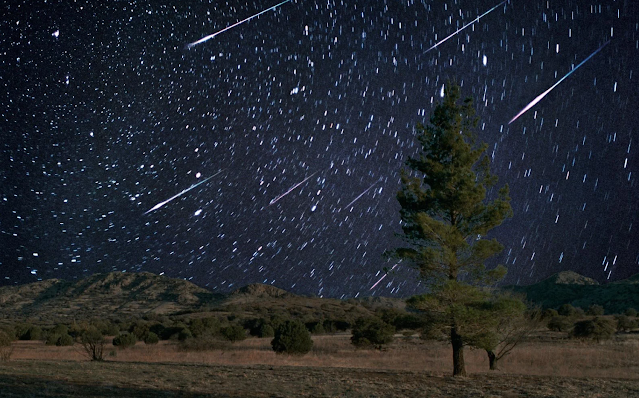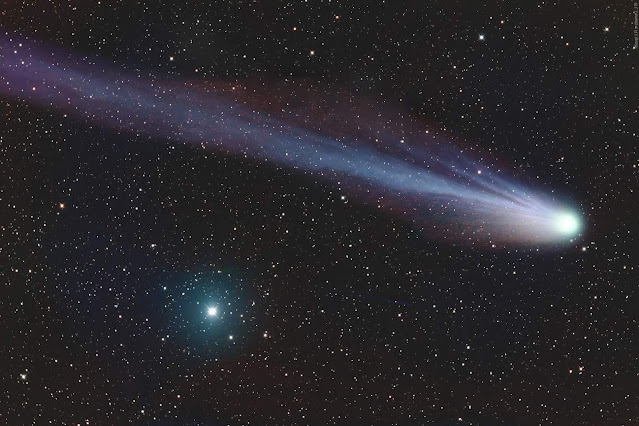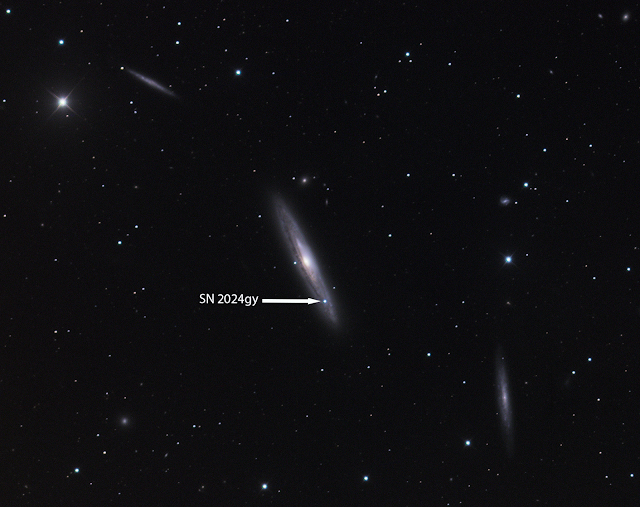Observing the 2023 Leonid Meteor Shower
 |
| Leonid Meteors Image Credit: Getty Images/Science Photo Library RM |
Each year, stargazers and astronomy enthusiasts mark their calendars for meteor showers, and in 2023, the Leonid meteor shower promises to be one of the most spectacular celestial events to grace our night sky. The Leonid meteor shower occurs annually in November, peaking around November 17th. To make the most of this celestial spectacle, here are some tips on how to observe the 2023 Leonid meteor shower.
The Leonid meteor shower, renowned for its stunning meteor displays, originates from the debris left behind by the comet 55P/Tempel-Tuttle. This comet, which takes approximately 33 years to complete its orbit around the Sun, sheds dust and small rock particles as it travels through our solar system. Over time, these remnants disperse along its orbital path, forming what is known as the Leonid meteoroid stream. When Earth intersects this stream each year in November, the particles collide with our planet's atmosphere at high speeds, producing the brilliant streaks of light known as meteors or "shooting stars" that make up the Leonid meteor shower. The name "Leonids" is derived from the fact that these meteors appear to radiate from the constellation Leo, which is why they are called the "Leonids."
Find a Dark Location: One of the essential factors in observing meteor showers is to escape the light pollution of urban areas. To do this, locate a dark and remote spot away from city lights. State parks or rural areas often provide ideal settings. The less light pollution you encounter, the more meteors you'll be able to see streaking across the night sky.
Check the Peak Date and Time: The Leonid meteor shower is expected to peak around November 17th, but meteor showers are not limited to a single night. The days leading up to and following the peak can also offer impressive meteor activity. To maximize your chances of seeing the most meteors, plan to observe on multiple nights within this time frame.
Bring Essential Gear: To fully enjoy the meteor shower, it's advisable to bring some essential equipment. A reclining chair or a comfortable blanket will help you lay back and gaze at the sky for hours without straining your neck. Binoculars or a telescope are optional but can enhance your experience by revealing more details in the night sky.
Be Patient and Be Prepared: Meteor showers can be unpredictable, and it may take some time for your eyes to adjust to the dark. Plan to arrive well before the expected peak time, allowing your eyes to adapt to the darkness. Be patient and take in the beauty of the night sky, as you never know when a spectacular meteor will streak across the horizon. Dress warmly and pack some snacks and hot beverages to stay comfortable during the chilly November nights.
The Leonid meteor shower of 2023 promises to be a breathtaking event for skywatchers around the world. By choosing a dark location, knowing the peak date and time, bringing essential gear, and being patient and prepared, you can maximize your chances of witnessing this incredible celestial display. Don't forget to make a wish upon a shooting star and savor the wonder of the universe as you observe the 2023 Leonid meteor shower.








I was out walking this morning around 5:00 am EST and witnessed 2 bright meteors originating from the radiant. I'm looking forward to seeing more within then next few days weather permitting! ;-)
ReplyDelete